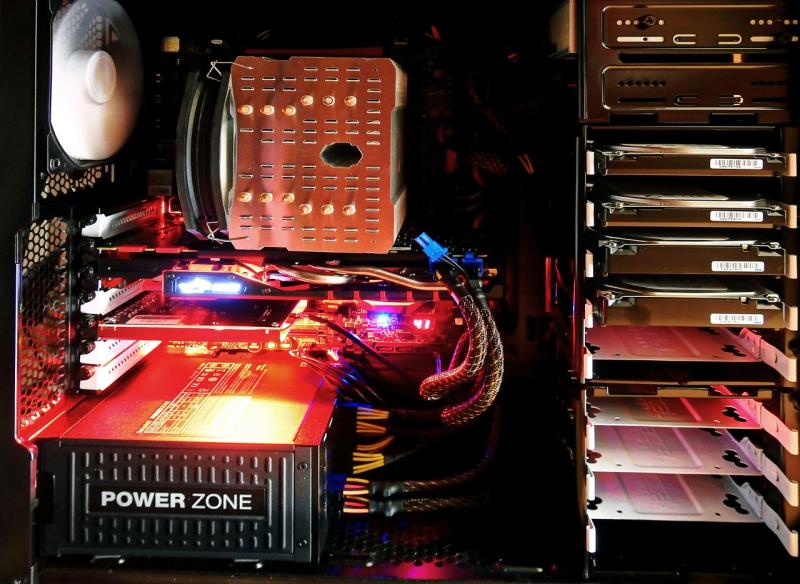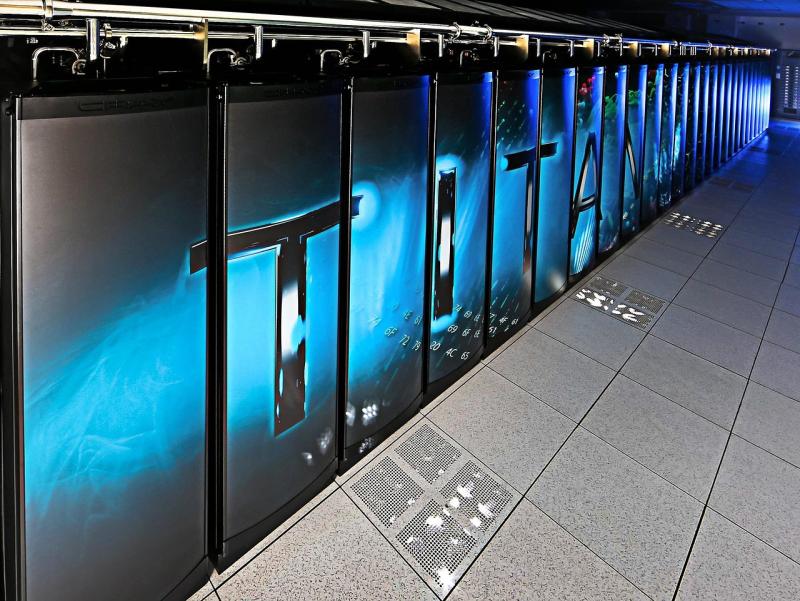Mechanical engineering drives innovation across industries by designing and analyzing systems, components, and machinery. Workstations tailored for mechanical engineering provide the computational power, simulation tools, and visualization capabilities required for detailed designs, efficient workflows, and groundbreaking discoveries. These systems empower engineers to create solutions that shape the future of technology and industry.
---
### **Engineering the Machinery of the Future**
Mechanical engineering workflows involve analyzing forces, thermal behavior, and material properties. Multi-core processors in these workstations handle complex simulations like finite element analysis (FEA), computational fluid dynamics (CFD), and motion studies with efficiency and precision.
---
### **Visualizing Designs in High Detail**
Rendering lifelike models of mechanical systems and components is essential for accurate analysis and presentation. High-performance GPUs enhance visualization tasks like 3D modeling, stress mapping, and fluid flow analysis, providing engineers with clear insights into their designs.
---
### **Memory for Multitasking and Complex Models**
Mechanical projects often require handling large-scale assemblies, intricate designs, and detailed simulations simultaneously. Workstations equipped with RAM configurations ranging from 128GB to 1TB ensure smooth multitasking and uninterrupted workflows.
---
### **Storing Mechanical Innovations Securely**
Mechanical engineering projects generate extensive data, from detailed CAD models to simulation results. These workstations integrate NVMe SSDs for rapid project access with high-capacity HDDs or RAID systems for safely archiving research data and production files.
---
### **Optimized for Industry-Leading Software**
Built for tools like SOLIDWORKS, CATIA, and ANSYS, these workstations ensure seamless integration and efficient workflows. GPU acceleration boosts simulations and rendering processes, accelerating design iterations and ensuring precision across the project lifecycle.
---
### **Applications Across Mechanical Engineering**
- **Product Design:** Develop innovative mechanical components and systems tailored for various industries.
- **Thermal Engineering:** Analyze heat transfer and optimize thermal management systems.
- **Fluid Dynamics:** Simulate the behavior of liquids and gases in mechanical systems.
- **Energy Systems:** Design turbines, engines, and renewable energy technologies with high efficiency.
- **Industrial Machinery:** Optimize heavy equipment for manufacturing, logistics, and production processes.
---
### **Engineered for Rigorous Testing**
Mechanical engineering requires iterative testing and validation to ensure reliability. Built with industrial-grade components and advanced cooling systems, these workstations maintain performance and stability throughout long simulation and development cycles.
---
### **Future-Ready for Engineering Advances**
As mechanical engineering evolves with AI-driven optimization, generative design, and additive manufacturing techniques, these workstations are designed for scalability. Modular architecture allows for upgrades to GPUs, processors, and memory, supporting cutting-edge developments.
---
**Driving Innovation Across Industries**
Workstations for mechanical engineering empower professionals to design and refine solutions for a diverse range of applications. By combining computational power, detailed visualization tools, and reliable storage capabilities, these systems enable engineers to address complex challenges with precision. From industrial machinery to energy systems, these workstations pave the way for technological progress.
View our related products
See more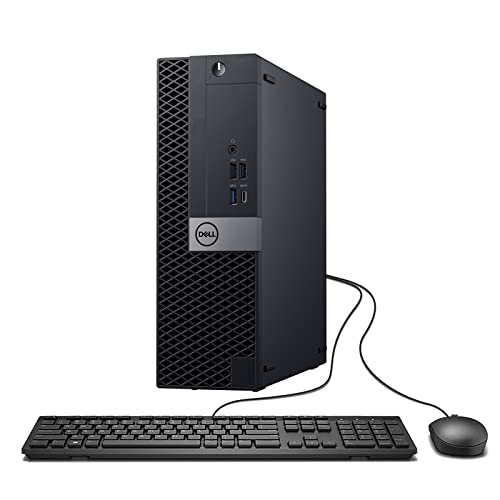
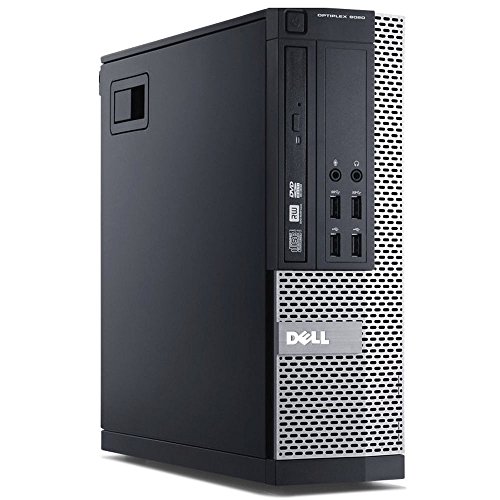
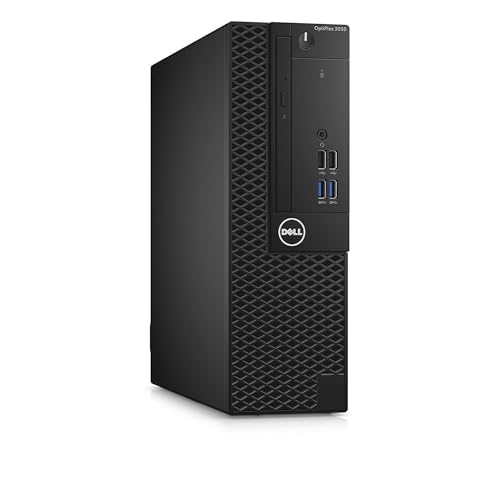
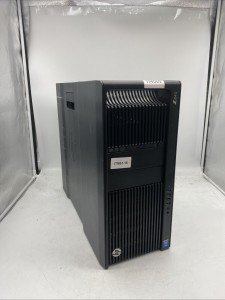
Defining Precision Workstations for Mechanical Engineering and Design
The Ultimate Guide to Choosing the Right Workstation for Engineers and Designers
Related Articles
Essential High-Performance PC Components You Need Now
Upgrade your setup with the must-have parts for unbeatable gaming and productivity
Top Picks for Best High-Performance PCs
Find the perfect power machine for gaming, work, or creative projects
Your Guide to the Best High-Performance PCs
Find the Right PC for Your Gaming and Creative Needs
View our related products
See more



